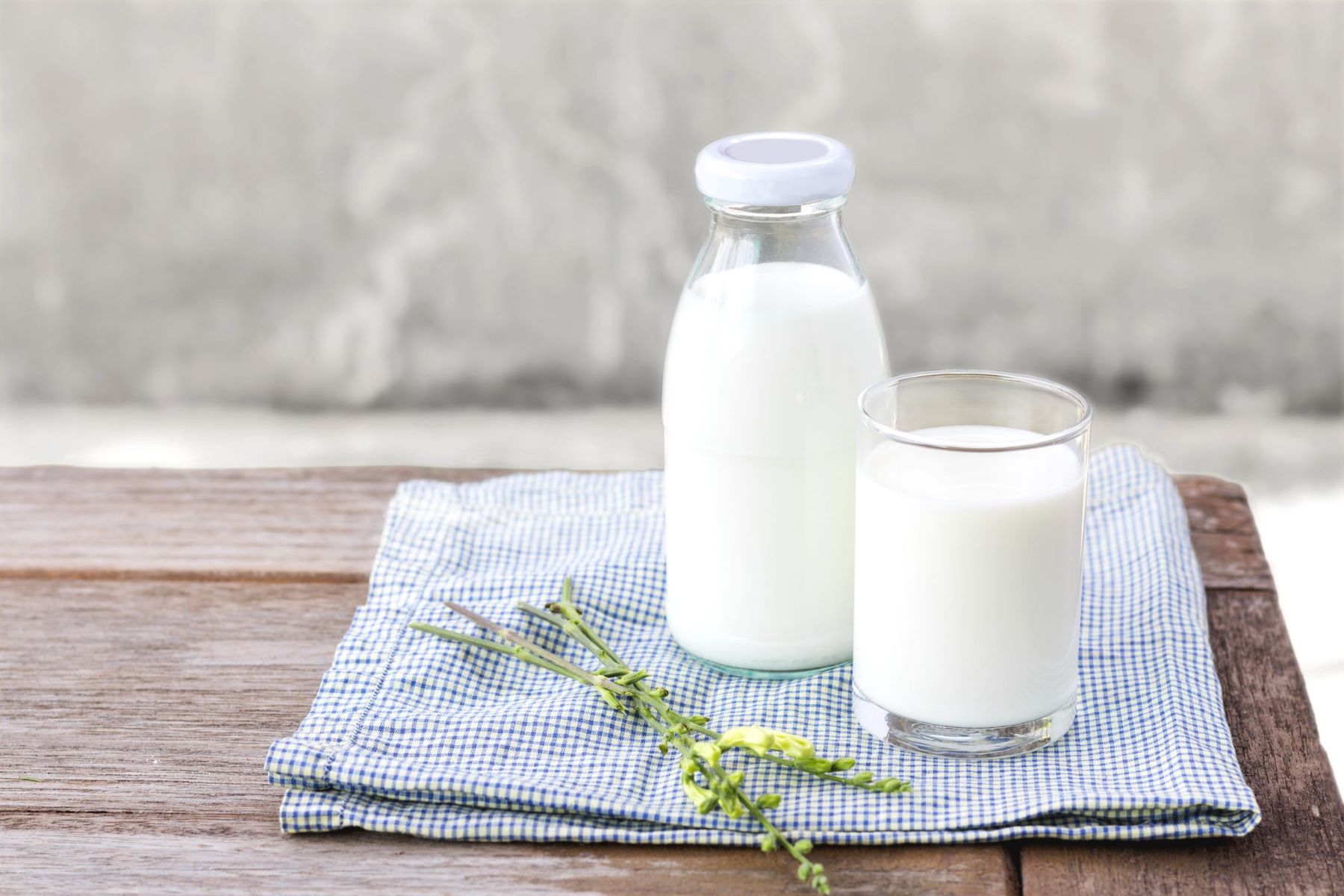

Articles
How To Store Goat Milk
Modified: January 5, 2024
Learn the best methods for storing goat milk in this informative articles. Keep your goat milk fresh and safe with these expert tips.
(Many of the links in this article redirect to a specific reviewed product. Your purchase of these products through affiliate links helps to generate commission for Storables.com, at no extra cost. Learn more)
Introduction
Welcome to the world of goat milk! Whether you raise goats on your own farm or purchase goat milk from local producers, one thing is certain – proper storage is essential to maintain its freshness and quality. As a nutritious and delicious alternative to cow’s milk, goat milk has gained popularity for its unique taste and potential health benefits. To ensure you can enjoy the goodness of goat milk for longer, it’s crucial to understand the best practices for storing it.
Why is proper storage important for goat milk? Well, just like any other dairy product, goat milk is perishable and can spoil if not stored correctly. Additionally, improper storage can lead to changes in the flavor, texture, and nutritional value of the milk. By following the right storage guidelines, you can extend the shelf life of goat milk and ensure that it remains safe to consume.
In this article, we will provide you with comprehensive guidelines on how to store goat milk effectively. From choosing the right containers to freezing and long-term storage options, we’ll cover it all. So, let’s dive in and discover the best practices for preserving the freshness of your goat milk!
Key Takeaways:
- Proper storage of goat milk is essential to preserve its freshness, nutritional value, and safety. Following guidelines for temperature, container choice, and refrigeration can help maintain the quality of goat milk.
- Freezing goat milk is a convenient way to extend its shelf life, but it’s important to use proper containers, label and date them, and follow safe thawing practices to ensure the milk remains fresh and safe for consumption.
Read more: How To Store Goats Milk
Why is Proper Storage Important?
Proper storage is crucial for maintaining the quality, taste, and safety of goat milk. Here are a few reasons why it’s important to store goat milk correctly:
- Preserving Freshness: Goat milk, like any other dairy product, is highly perishable. It contains natural enzymes and bacteria that can cause it to spoil if not stored properly. By following the right storage practices, you can help slow down the bacterial growth, maintain its freshness, and extend its shelf life.
- Maintaining Nutritional Value: Goat milk is packed with essential nutrients, including vitamins, minerals, and proteins. However, improper storage can lead to a loss of these valuable nutrients. Factors such as exposure to light, air, and heat can break down vitamins and proteins, reducing the nutritional value of the milk. By storing goat milk correctly, you can retain its nutritional benefits.
- Preventing Flavor and Odor Changes: Goat milk has a distinct flavor that many people enjoy. Improper storage can alter this flavor and give the milk an off-taste or odor. It can absorb odors from other foods in the refrigerator or develop a “goaty” flavor if not protected from light exposure. Proper storage helps maintain the natural taste and aroma of goat milk.
- Ensuring Food Safety: One of the main reasons for proper storage is to ensure the safety of the milk. Dairy products can harbor harmful bacteria, including Salmonella and E. coli, which can cause foodborne illnesses if consumed. By storing goat milk correctly, you minimize the risk of bacterial contamination and keep yourself and your family safe from potential health hazards.
Proper storage not only enhances the taste and quality of goat milk but also contributes to maintaining its nutritional value and safety. By taking the necessary steps to store goat milk correctly, you can enjoy its benefits for a longer period.
General Guidelines for Storing Goat Milk
When it comes to storing goat milk, there are a few general guidelines that will help ensure its freshness and quality. Here are some key points to keep in mind:
- Store at a Cool Temperature: Goat milk should always be stored in a cool environment. The ideal temperature range for storing goat milk is between 35-40°F (2-4°C). This temperature helps slow down the growth of bacteria and helps maintain the milk’s freshness.
- Avoid Temperature Fluctuations: Rapid temperature changes can negatively impact the quality of goat milk. Avoid placing goat milk in areas where temperatures fluctuate, such as near the stove or refrigerator door. It’s best to place the milk in a designated area where the temperature remains constant.
- Keep Away from Light: Light can deteriorate the quality of goat milk, causing it to spoil more quickly. Store the milk in opaque containers or wrap it in aluminum foil to protect it from exposure to light. This will help preserve the taste and freshness of the milk.
- Prevent Air Exposure: Oxygen can degrade the quality of goat milk, leading to color changes and off-flavors. Ensure that the containers used for storing goat milk are airtight and properly sealed. This will help prevent air from entering and oxidizing the milk.
- Regularly Check for Spoilage: Goat milk should be checked for any signs of spoilage before consuming. If the milk smells sour, has clumps, or shows signs of mold growth, discard it immediately. Regularly inspecting the milk helps ensure that you only consume fresh and safe milk.
- Follow First-in-First-out (FIFO) Method: To prevent waste and ensure you consume goat milk before it spoils, it’s essential to follow the FIFO method. FIFO stands for “first-in-first-out” and means using the oldest milk first before opening a new container. This helps prevent the milk from sitting too long and going bad.
By following these general guidelines, you can effectively store goat milk and maintain its quality, taste, and safety.
Choosing the Right Containers
When it comes to storing goat milk, choosing the right containers is crucial in maintaining its freshness and preventing contamination. Here are some factors to consider when selecting containers for storing goat milk:
- Material: Opt for containers made of food-grade materials, such as glass or food-grade plastic. These materials are non-reactive and won’t leach any unwanted chemicals into the milk.
- Airtight and Leak-proof: Ensure that the containers have a tight-sealing lid or cap to prevent air from entering and microbes from contaminating the milk. This helps maintain the milk’s freshness and quality.
- Opaque: Choose containers that are opaque or wrap them in aluminum foil to protect the milk from light exposure. Light can cause the breakdown of nutrients in the milk and lead to off-flavors or spoilage.
- Size: Consider the amount of goat milk you plan to store. Choose containers that are the appropriate size for your needs, allowing enough headspace for expansion if freezing the milk.
- Easy to Clean: Select containers that are easy to clean and sanitize. Look for containers with smooth surfaces and minimal crevices where bacteria can hide. Proper cleaning and sanitizing of containers help prevent bacterial contamination.
- Labeling: Make sure the containers are easy to label. Clearly mark the date of storage on each container to monitor the freshness of the milk and practice FIFO (first-in-first-out) usage.
By choosing the right containers, you can ensure the quality and safety of your stored goat milk. Remember to properly clean and sanitize the containers before each use to prevent any potential contamination.
How to Store Goat Milk in the Refrigerator
The refrigerator is the most common and convenient place to store goat milk. Proper storage in the refrigerator helps maintain its freshness and quality. Follow these steps to store goat milk in the refrigerator:
- Choose the Right Shelf: Allocate a specific space on a refrigerator shelf for storing your goat milk. This ensures that it remains undisturbed and is not exposed to temperature fluctuations caused by opening and closing the refrigerator door frequently.
- Keep the Milk Sealed: Ensure that the container is tightly sealed to prevent air from entering and contaminating the milk. This helps maintain the milk’s freshness and prevents any transfer of odors from other foods in the refrigerator.
- Avoid the Door: While it may seem convenient, avoid storing goat milk in the refrigerator door. The temperature in this area fluctuates more, which can compromise the freshness and quality of the milk.
- Do Not Freeze Directly: If you plan to freeze some of the goat milk, it’s best to do so before the expiration date. Do not freeze the milk directly in its original container. Transfer the milk to freezer-safe containers, leaving some headspace for expansion, and label them with the date of freezing.
- Use Within 7 Days: Refrigerated goat milk should be consumed within 7 days of opening the container. To ensure freshness, aim to use the milk as soon as possible after opening.
- Frequent Temperature Checks: Periodically check the temperature of your refrigerator to ensure it is within the range of 35-40°F (2-4°C). This helps ensure that the milk is stored at the optimal temperature and maintains its quality.
By following these guidelines, you can store goat milk in the refrigerator properly and enjoy it for an extended period while maintaining its freshness and quality.
Store goat milk in a clean, airtight container in the refrigerator at a temperature of 38-40°F (3-4°C). Use it within 5-7 days for the best quality and taste.
Read more: How To Store Goat Milk Soap
Freezing Goat Milk
If you have an abundance of goat milk or want to stock up for future use, freezing is a great option to extend its shelf life. Freezing helps retain the freshness and nutritional value of goat milk. Follow these steps to freeze goat milk:
- Transfer to Freezer-safe Containers: Pour the goat milk into freezer-safe containers, leaving some space at the top for expansion during freezing. It is recommended to use containers made of glass or plastic that are specifically designed for freezing.
- Label and Date: Clearly label each container with the date of freezing to easily track its freshness. This is crucial when practicing FIFO (first-in-first-out) usage, ensuring you use the oldest milk first.
- Freeze Quickly: Place the filled containers in the freezer and ensure they are placed in a location where they can freeze quickly. Avoid overcrowding, as this can slow down the freezing process.
- Ice Cube Tray Method: An alternative method is freezing goat milk in ice cube trays. Pour the milk into clean ice cube trays and freeze. Once frozen, transfer the milk cubes into freezer bags for easy portioning and usage.
- Thawing Frozen Goat Milk: When you’re ready to use the frozen milk, transfer it to the refrigerator and allow it to thaw slowly overnight. Avoid thawing goat milk at room temperature, as this can promote bacterial growth and compromise its quality.
- Storing Thawed Milk: Use the thawed goat milk within 48 hours. It’s important to note that the texture of goat milk may change slightly after freezing and thawing, so it’s best used for cooking, baking, or making smoothies rather than consuming it raw.
By following these steps, you can safely freeze goat milk and enjoy its benefits even when it’s not in season or readily available. Freezing allows you to have a convenient and readily available supply of goat milk for your culinary needs.
Long-Term Storage Options
If you need to store goat milk for an extended period, there are a few long-term storage options to consider. These methods will help preserve the freshness and quality of the milk for a longer duration:
- Canning: Canning is a popular method for long-term storage of goat milk. It involves heat processing the milk in glass jars or bottles to kill bacteria and create a vacuum seal. Canned goat milk can last for up to a year when stored in a cool, dark place. However, it’s important to follow proper canning procedures to ensure food safety.
- Dehydrating: Dehydrating goat milk involves removing the moisture content from the milk, resulting in powdered milk. This method requires a food dehydrator or an oven set to a low temperature. Once dehydrated, the goat milk powder can be stored in an airtight container in a cool, dry place for several months.
- Fermenting: Another option is fermenting goat milk into products like yogurt or kefir. Fermentation introduces beneficial bacteria that help preserve the milk and prolong its shelf life. These fermented products can be stored in the refrigerator for a longer period compared to fresh goat milk.
- Pressure Canning: Pressure canning is a method suitable for raw goat milk as it requires higher temperatures to kill potential pathogens. The milk is bottled in jars and processed under pressure to ensure it is safe for long-term storage. This method can extend the shelf life of goat milk for several months.
- Freeze-drying: Freeze-drying involves removing the moisture from goat milk while preserving its nutrients and flavor. Freeze-dried milk can be stored in an airtight container for an extended period, typically up to 20 years. However, it’s worth noting that freeze-drying requires specialized equipment and may not be feasible for everyone.
Before choosing a long-term storage option, carefully consider your storage capabilities, equipment availability, and desired shelf life. Be sure to follow proper procedures and guidelines to ensure the milk remains safe and of good quality during storage.
Safety Precautions and Tips
When storing goat milk, it’s important to follow safety precautions to ensure its freshness and protect against potential health risks. Here are some safety tips to keep in mind:
- Start with Fresh Milk: Begin the storage process with fresh, high-quality goat milk. Milk that is already nearing its expiration date or has been mishandled is more likely to spoil quickly even with proper storage.
- Practice Good Hygiene: Before handling goat milk, make sure to wash your hands thoroughly with soap and water. Clean and sanitize all storage containers before use to prevent cross-contamination and the growth of harmful bacteria.
- Monitor Storage Temperature: Regularly check the refrigerator temperature to ensure it is within the recommended range of 35-40°F (2-4°C). Keeping the milk at a consistent and cool temperature slows down the growth of bacteria and helps maintain its freshness.
- Avoid Contamination: Prevent cross-contamination by storing goat milk away from other foods with strong odors, such as onions and garlic. Seal the containers tightly to keep out air and potential contaminants from the environment.
- Proper Handling of Thawed Milk: If you have thawed frozen goat milk, handle it with care and use it within 48 hours. Do not refreeze the milk after thawing, as it can lead to changes in texture and compromise quality.
- Discard Spoiled Milk: Regularly inspect stored goat milk for signs of spoilage, including an off-smell, clumps, or the presence of mold. If you notice any signs of spoilage, discard the milk immediately to avoid consuming spoiled or contaminated milk.
- Follow Expiration Dates: Pay attention to the expiration dates on the goat milk containers and use the milk before they expire. Consuming expired milk can pose health risks and may lead to foodborne illnesses.
- Rotate Stock: If you buy goat milk from a store or producer, practice FIFO (first-in-first-out) rotation. Use the oldest milk first to prevent waste and ensure you consume the milk before it reaches its expiration date.
By following these safety precautions and tips, you can maintain the freshness, quality, and safety of goat milk throughout its storage period.
Conclusion
Proper storage is a fundamental aspect of preserving the freshness, quality, and safety of goat milk. Whether you raise goats on your own farm or purchase goat milk from local producers, following the right storage guidelines ensures you can enjoy the benefits of this nutritious and delicious alternative to cow’s milk.
In this article, we’ve covered the importance of proper storage and provided general guidelines for storing goat milk. We’ve discussed the significance of choosing the right containers, storing goat milk in the refrigerator, and freezing options for long-term storage. Additionally, we’ve highlighted safety precautions and tips to protect against contamination and ensure the milk remains safe to consume.
Remember, storing goat milk in a cool environment, protecting it from light exposure, and preventing air and bacterial contamination are key factors in maintaining its freshness. Regularly check for spoilage and practice FIFO usage to ensure you consume the oldest milk first. By applying these practices, you can continue to enjoy the nutritional benefits and delicious taste of goat milk.
Whether you use goat milk for drinking, cooking, or baking, proper storage techniques allow you to maintain its nutritional value and delicious flavor for an extended period. By incorporating the guidelines and tips provided in this article, you can confidently store and enjoy goat milk with peace of mind.
So, go ahead and dive into the world of goat milk. Implement these storage practices, experiment with different recipes, and savor the unique taste and benefits of this wonderful dairy product!
Frequently Asked Questions about How To Store Goat Milk
Was this page helpful?
At Storables.com, we guarantee accurate and reliable information. Our content, validated by Expert Board Contributors, is crafted following stringent Editorial Policies. We're committed to providing you with well-researched, expert-backed insights for all your informational needs.

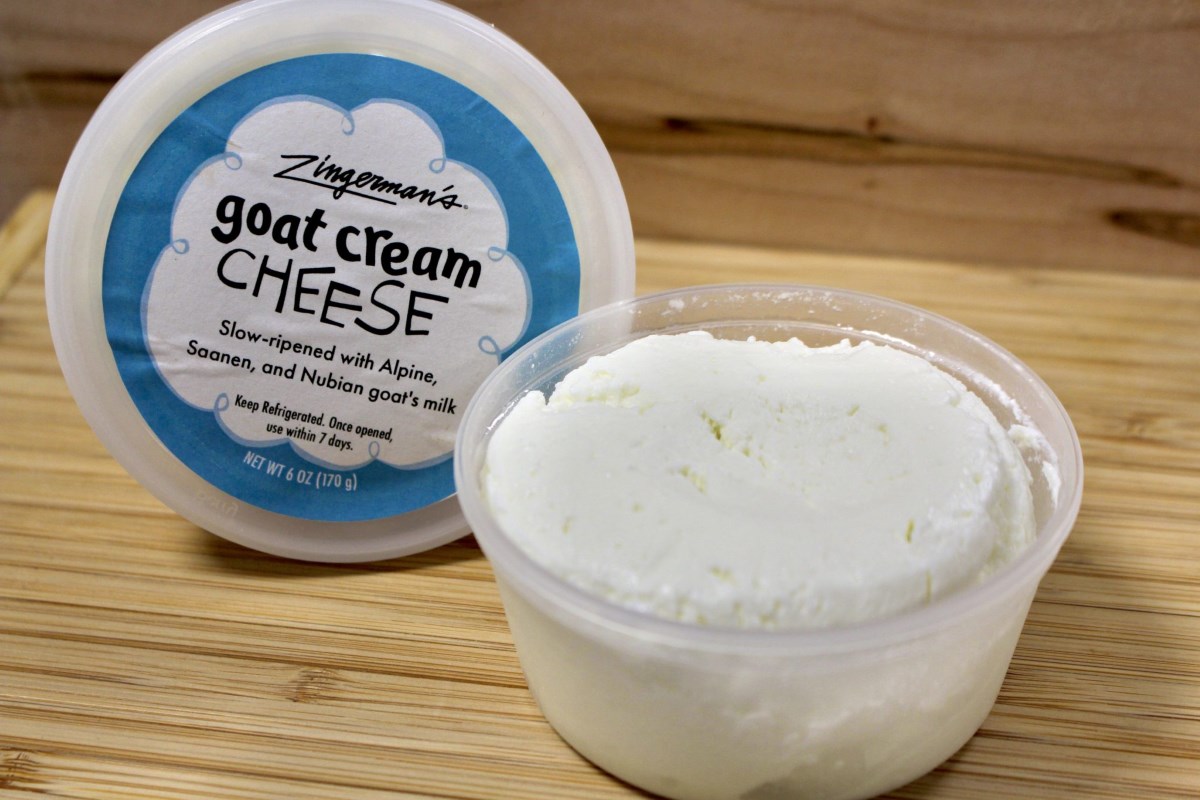
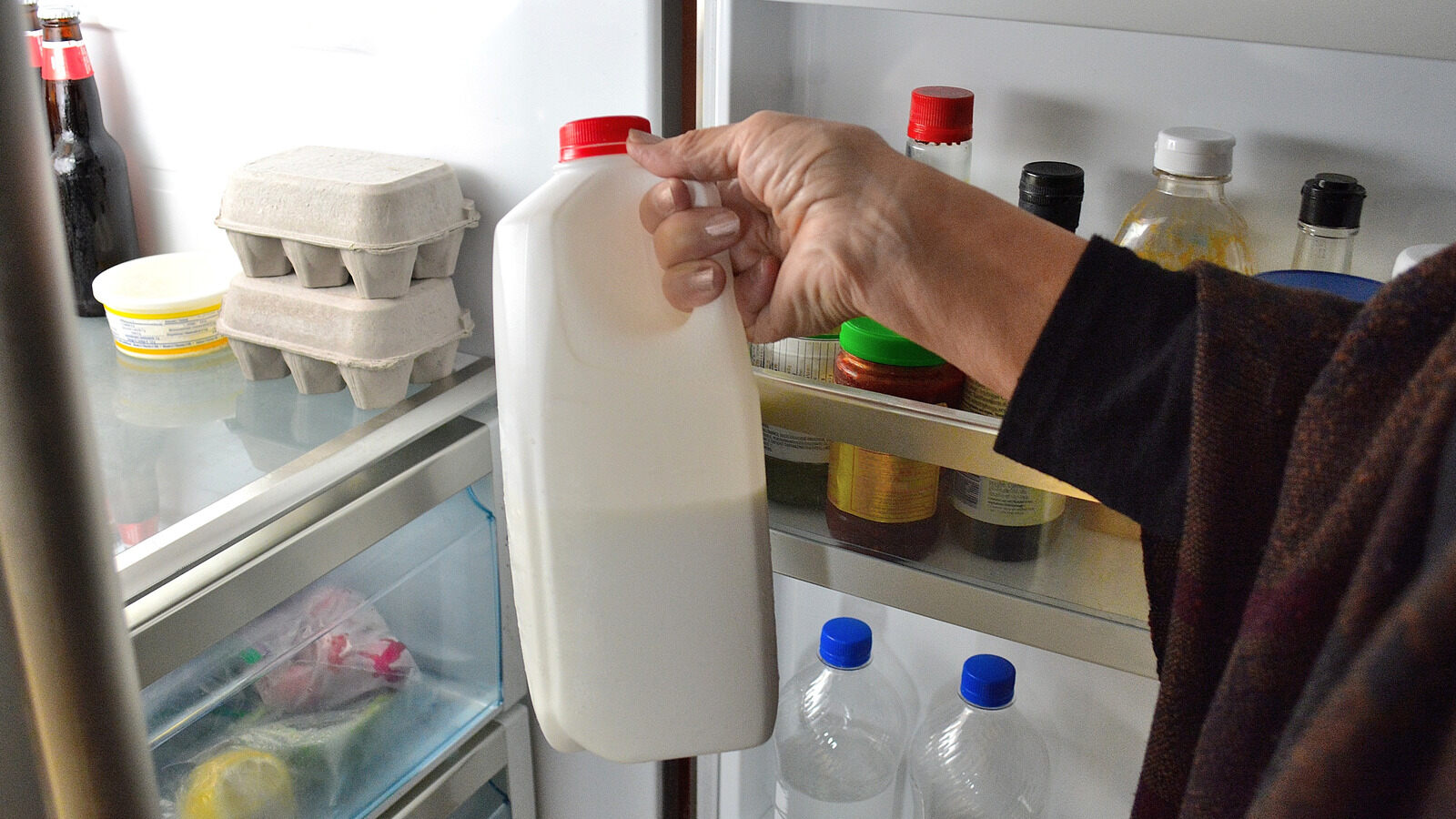
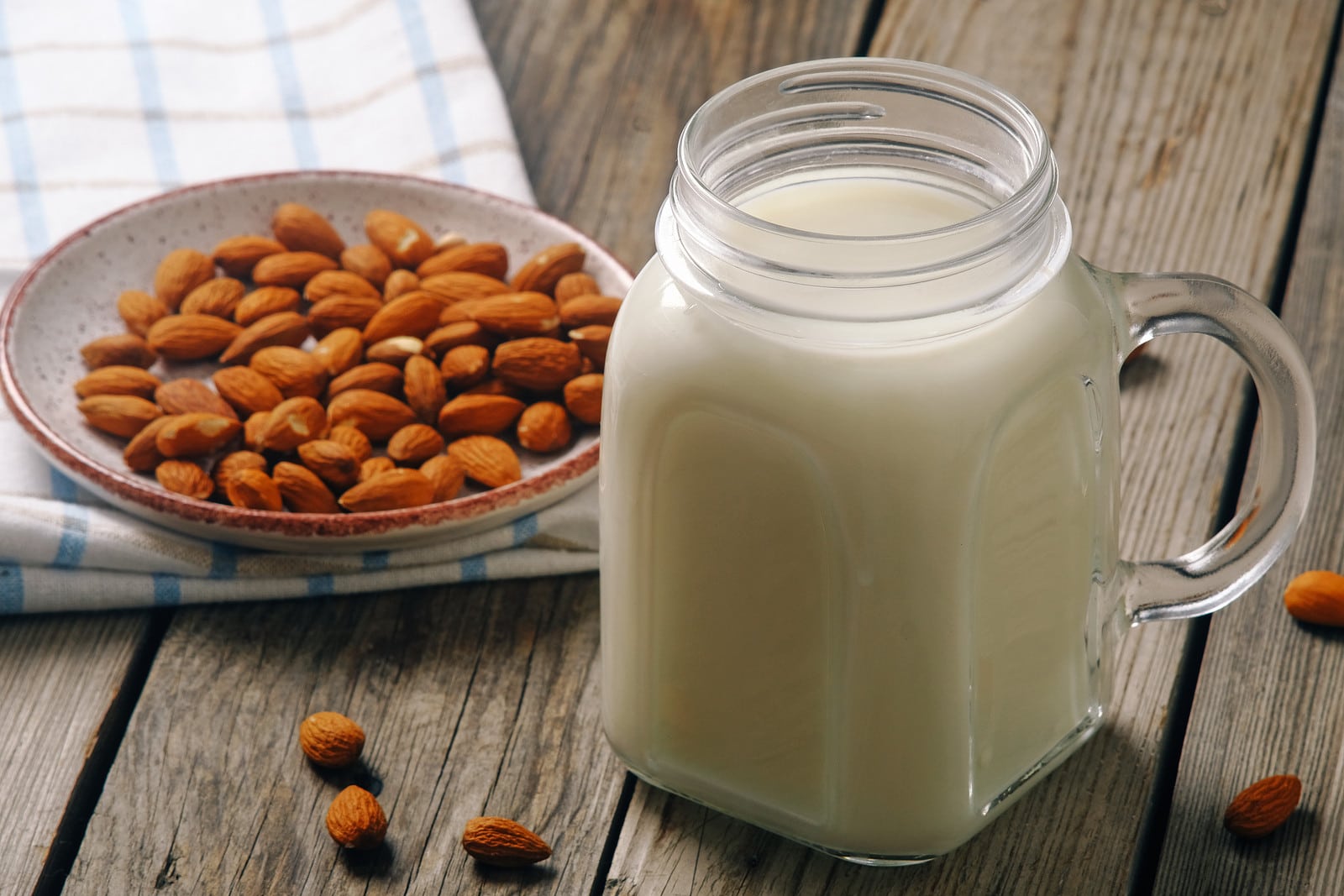
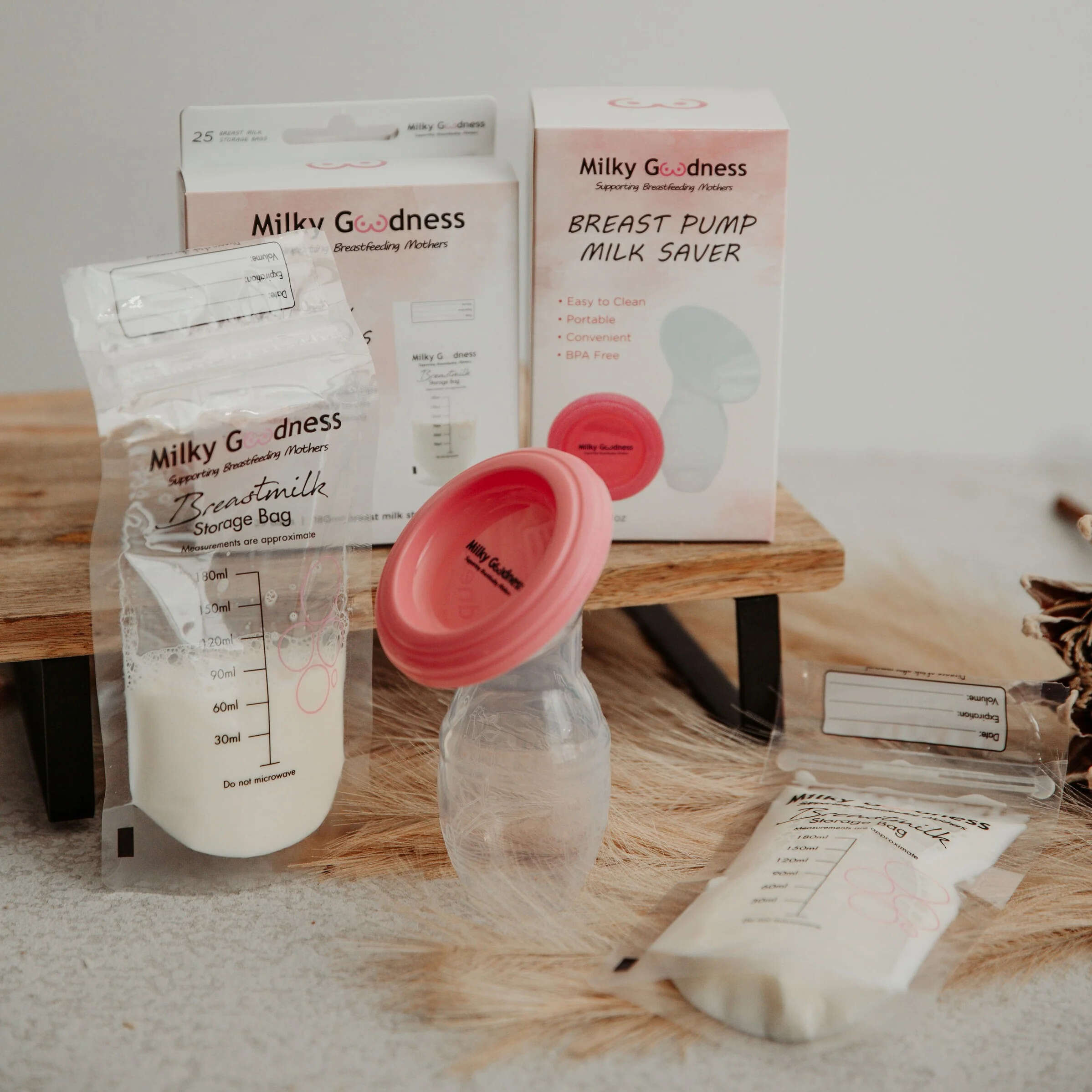
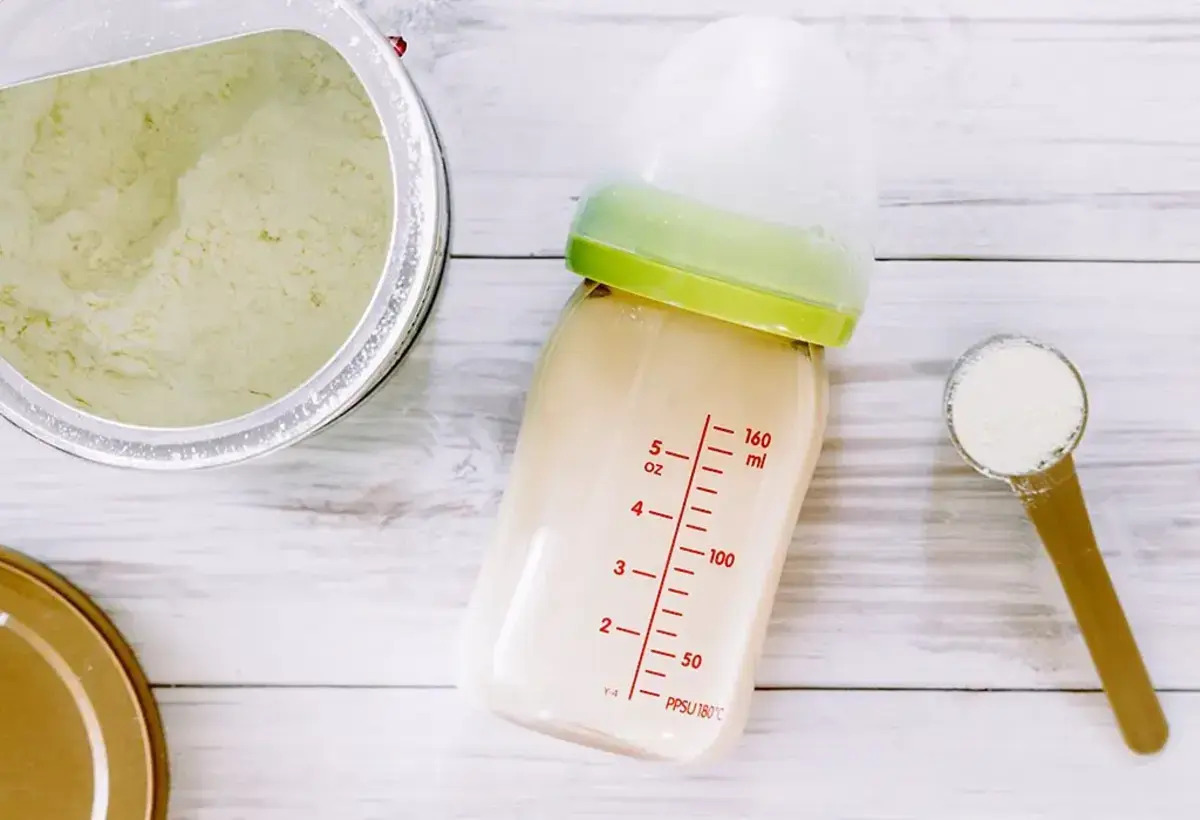
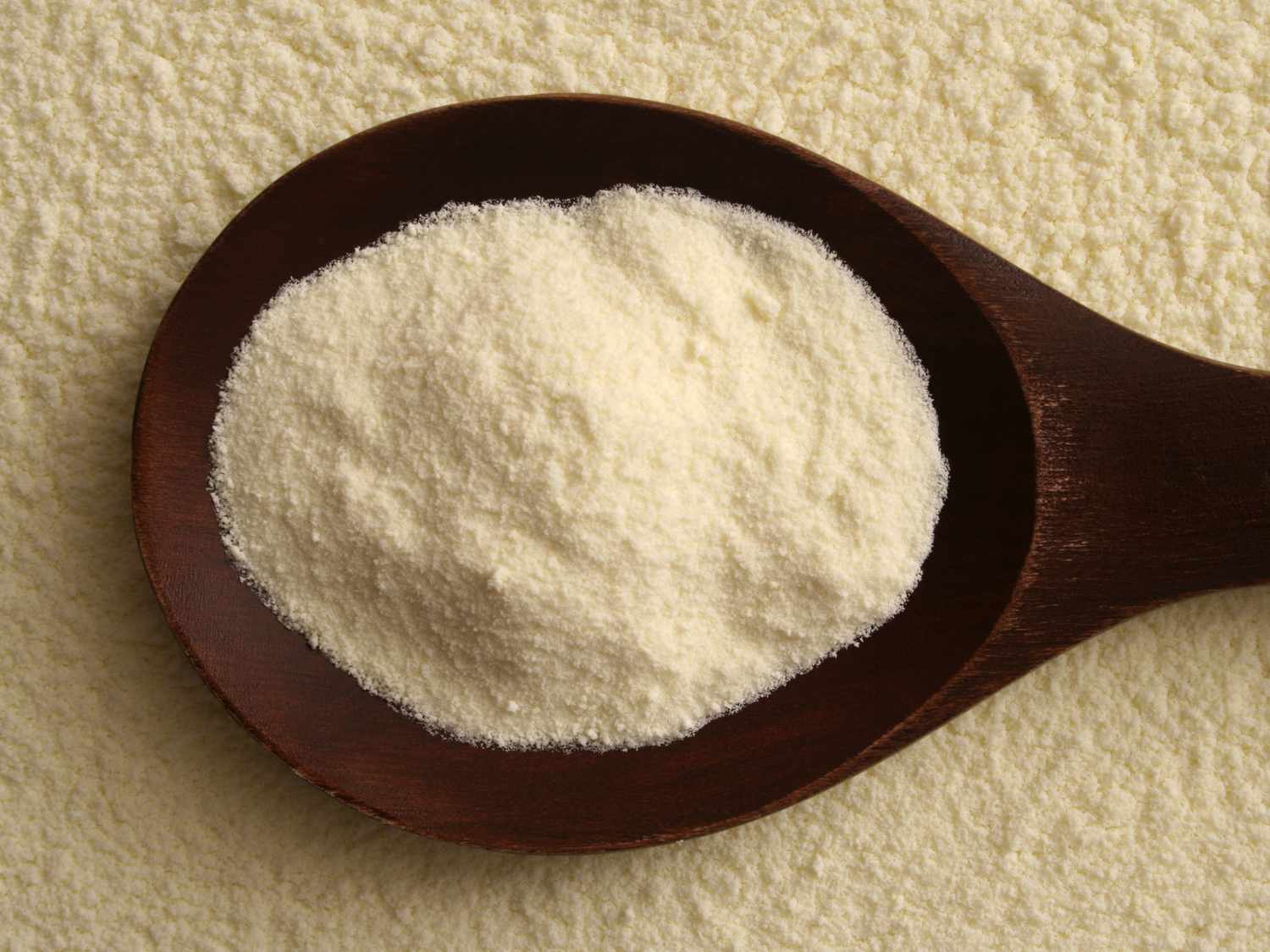
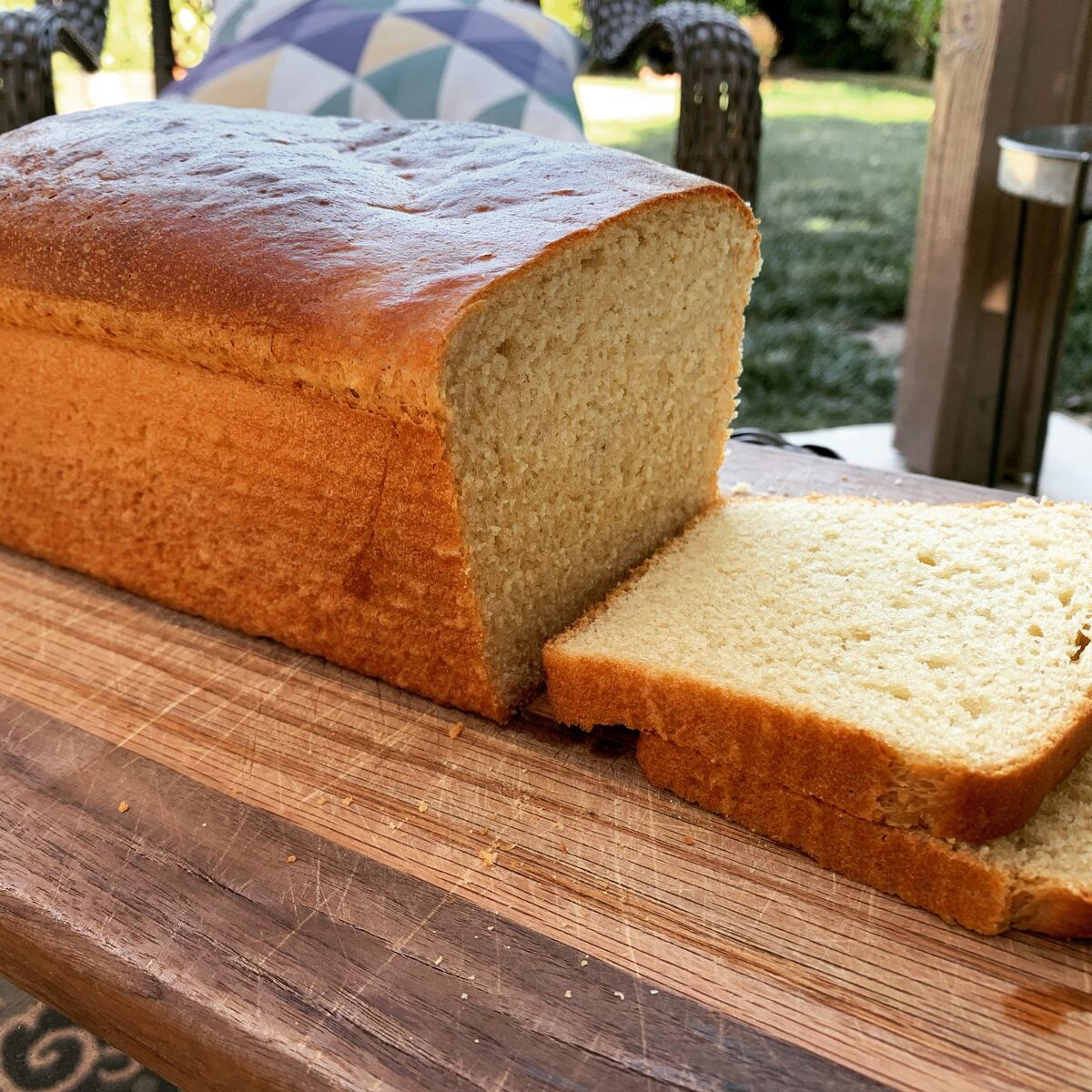
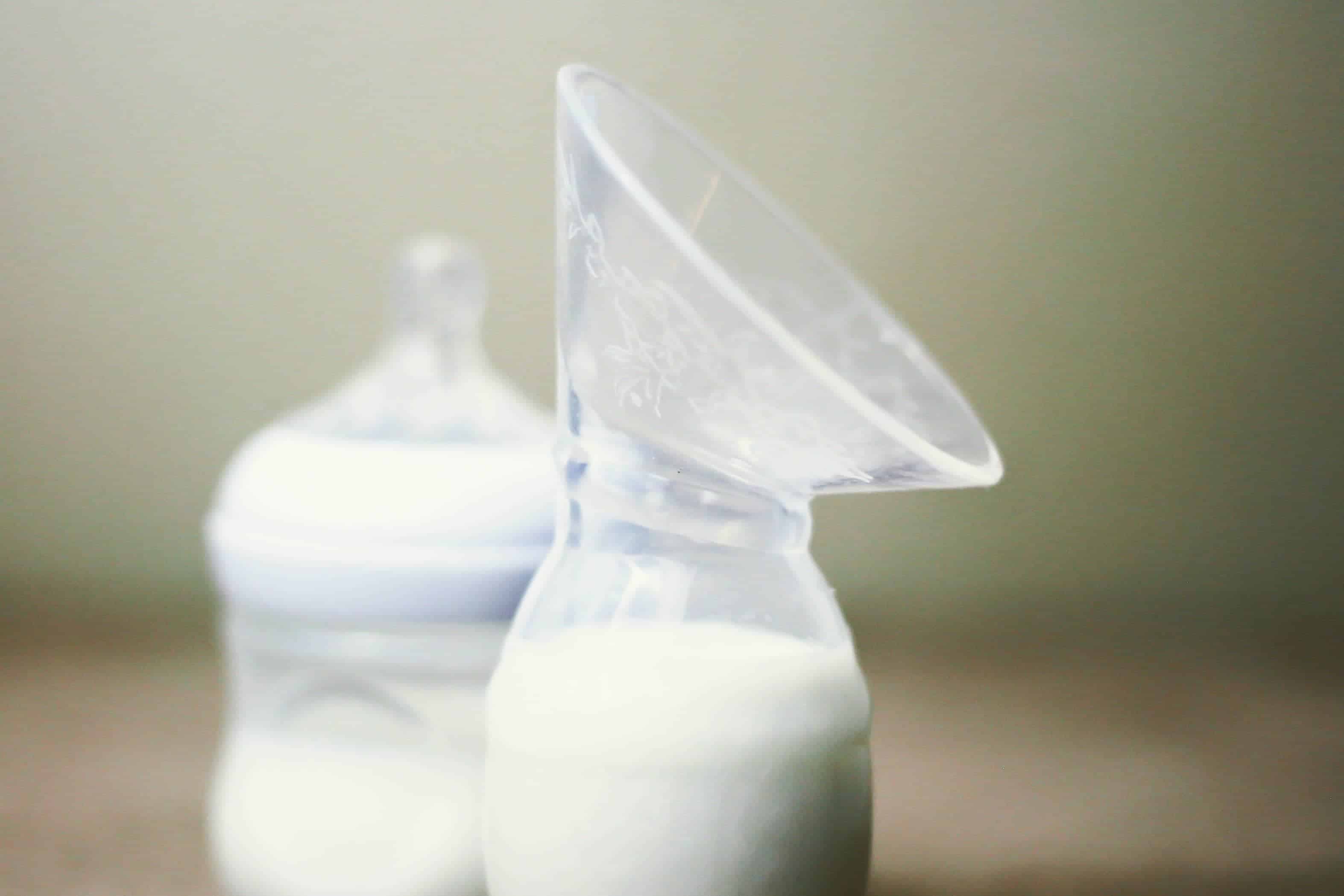
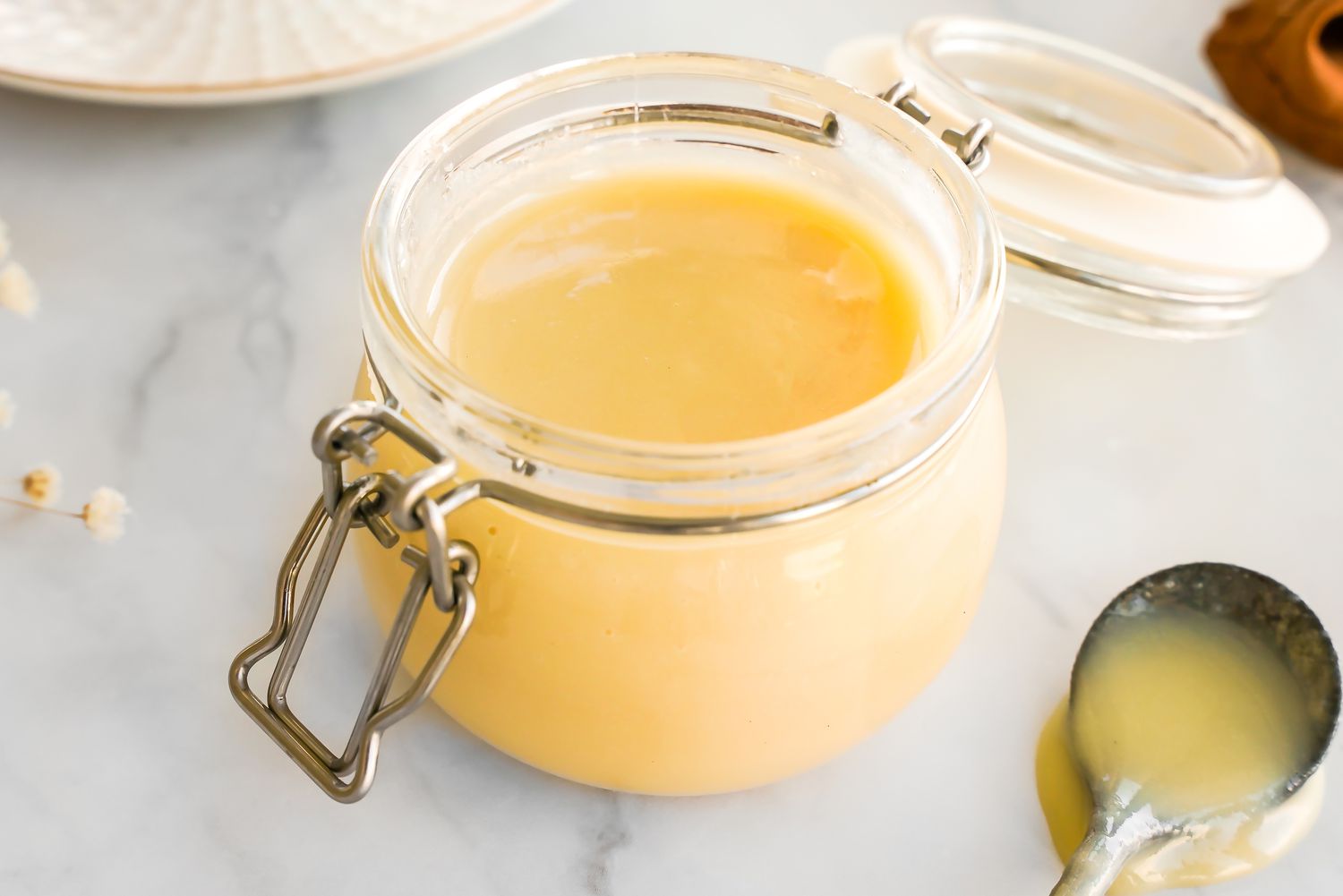
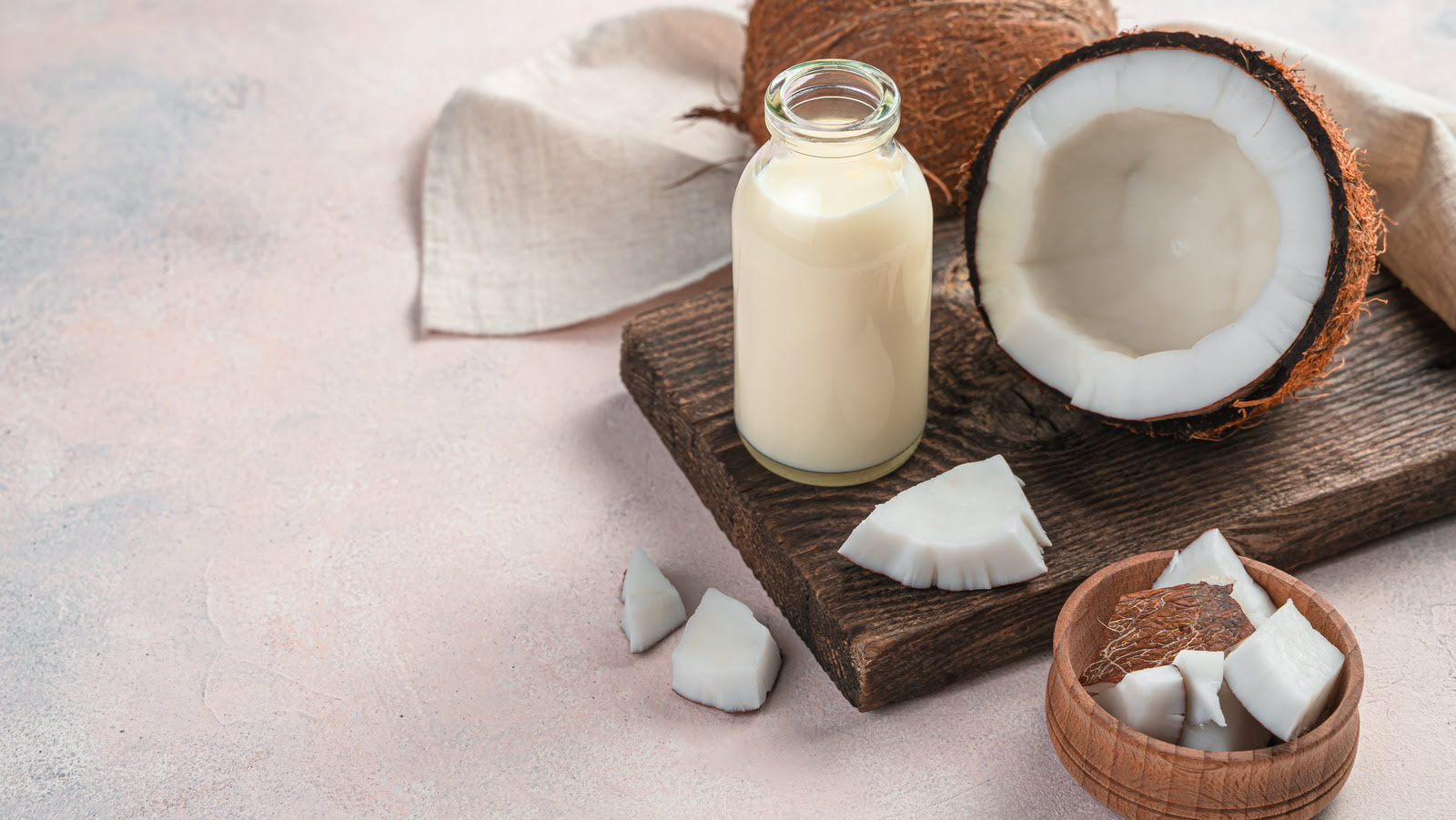
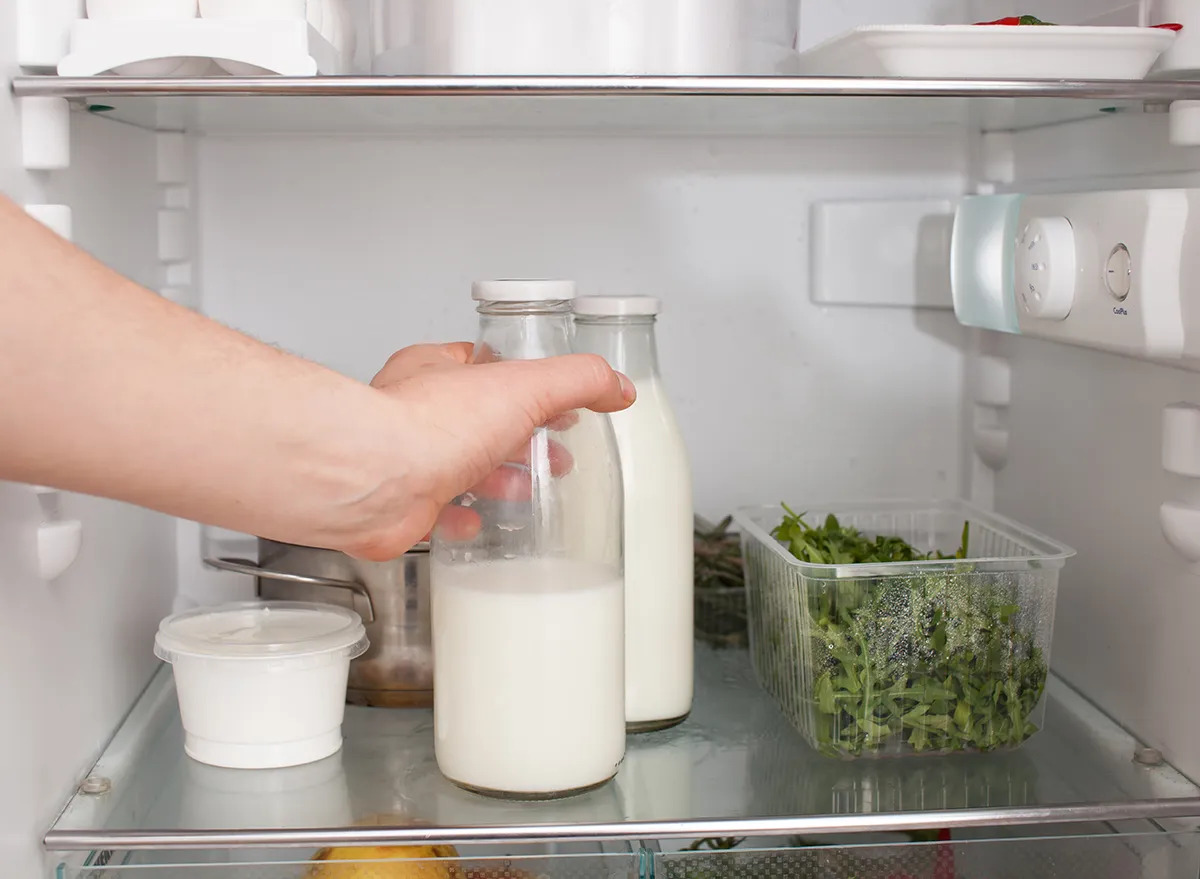
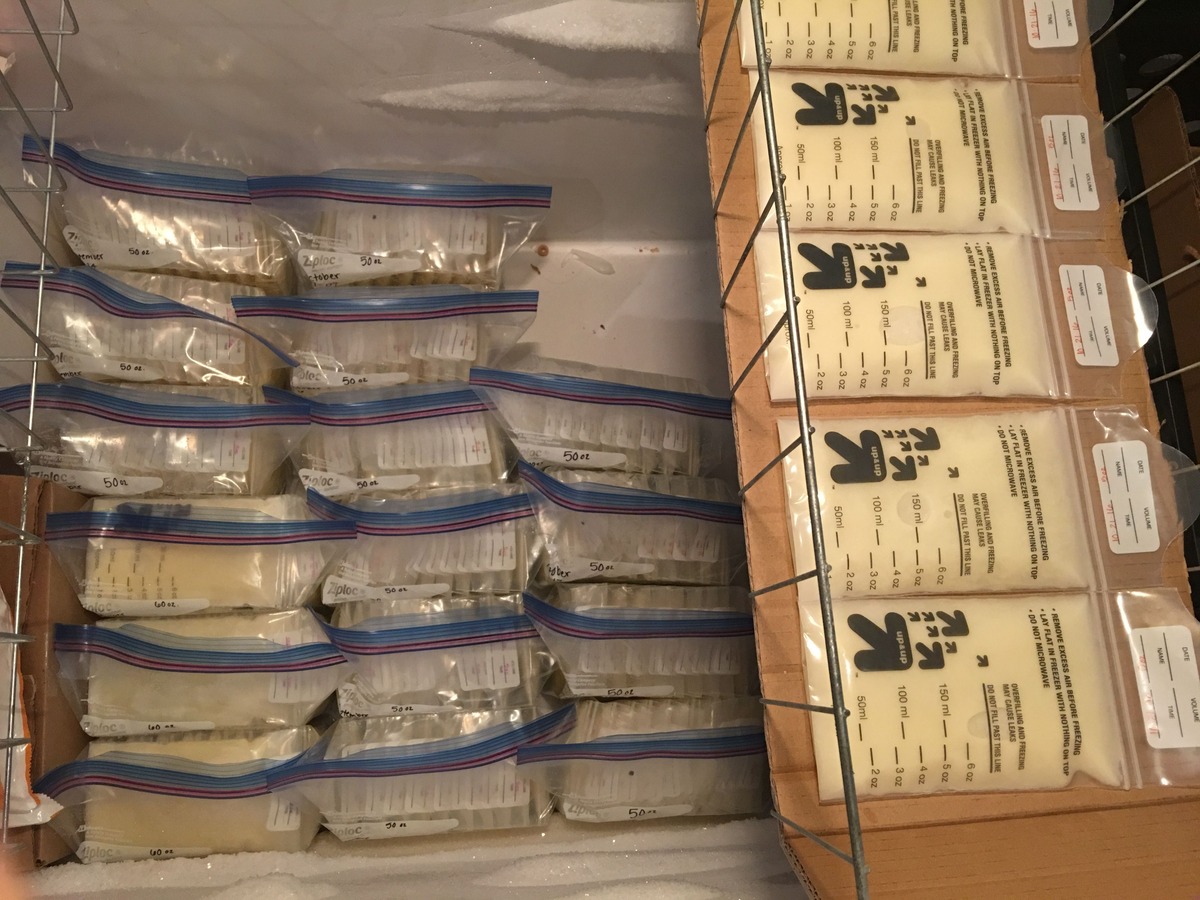
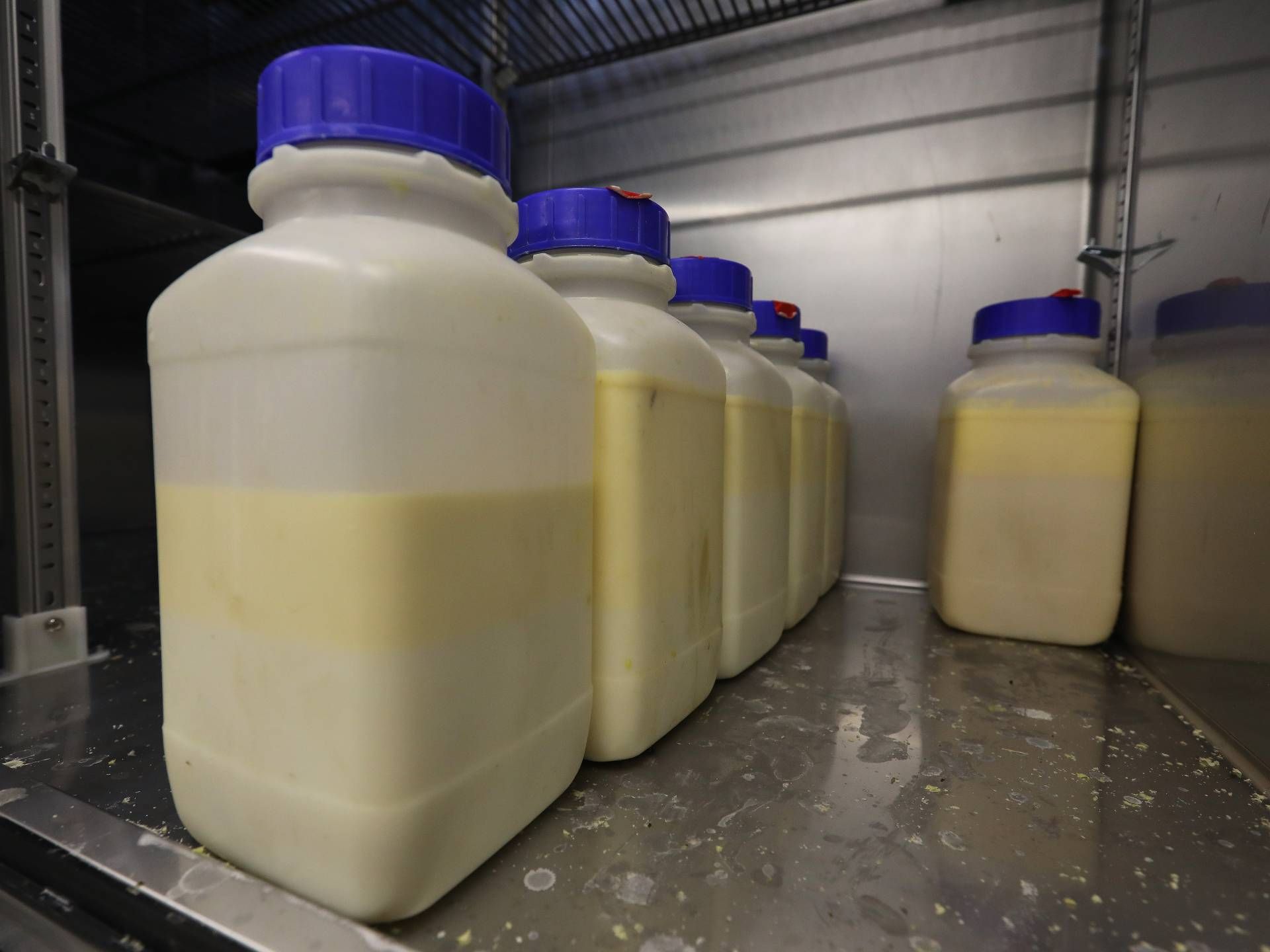

0 thoughts on “How To Store Goat Milk”